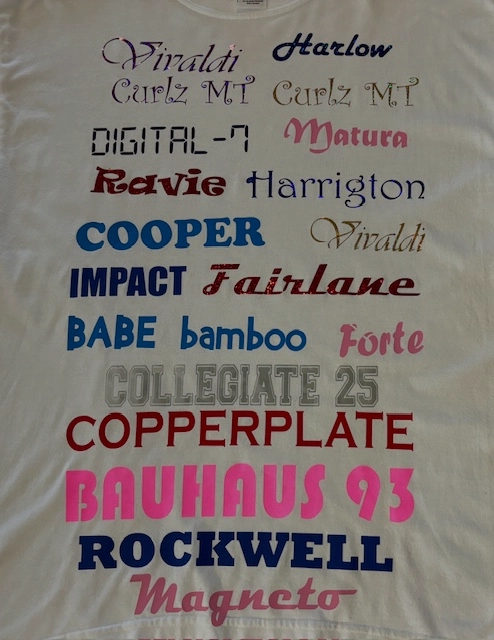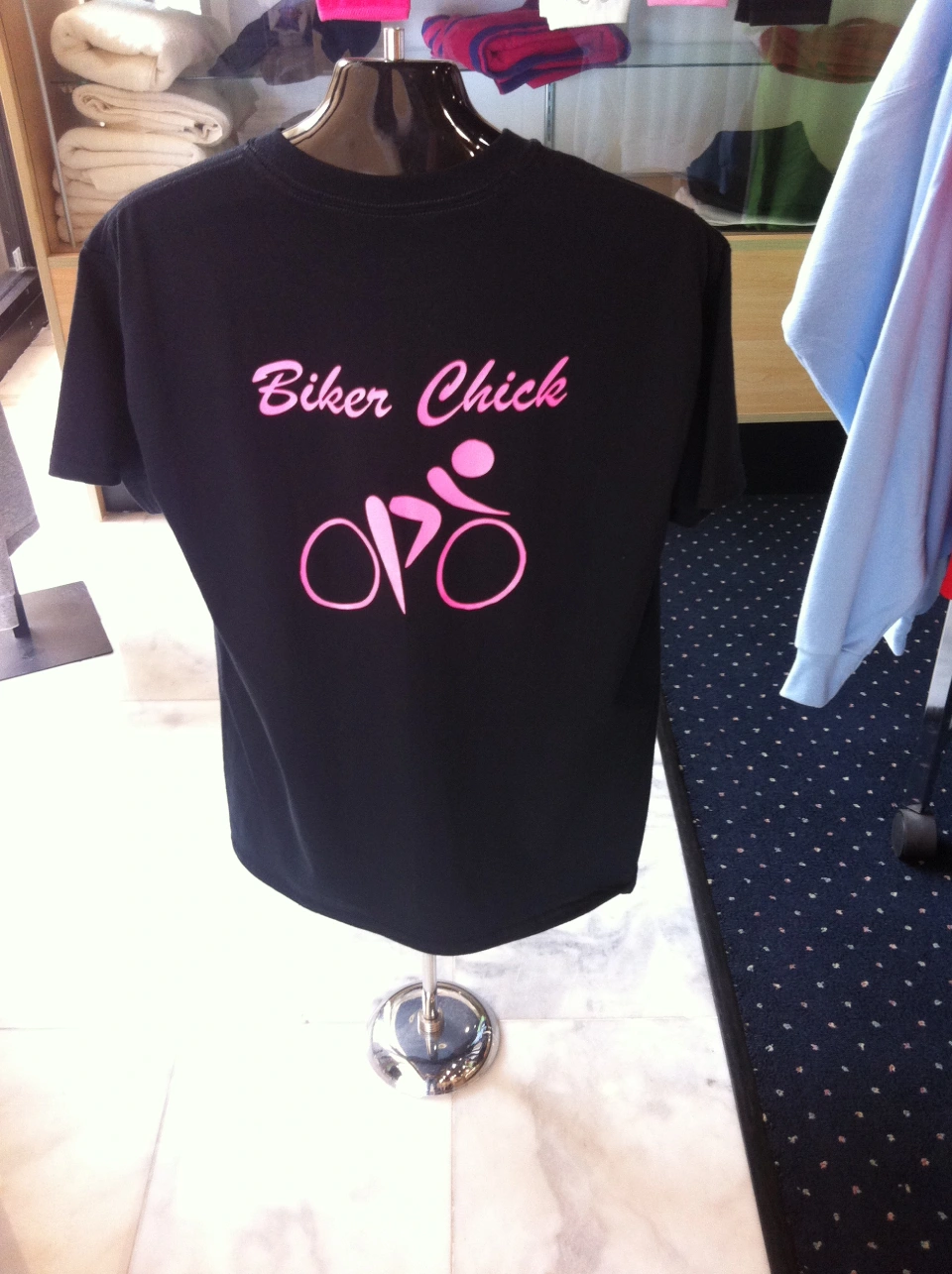The Art of Custom Embroidery: Unlocking the Tricks to Creating Special and Remarkable Designs
The tricks to producing custom-made needlework styles that mesmerize the eye and leave a long lasting impression lie in a fragile balance of method, creativity, and focus to information. As we delve right into the world of customized needlework, we discover the nuanced interplay in between thread option, sew complexity, and design customization that elevates a plain garment to a job of art.
Selecting the Right Needlework Threads
When selecting embroidery strings, what key variables should you take into consideration to ensure the ideal outcomes for your personalized styles? The choice of needlework string is crucial in figuring out the final end result of your stitched layout. Among the key considerations is the material of the thread. Different materials such as cotton, polyester, rayon, and silk supply varying degrees of luster, resilience, and structure. It is vital to select a thread material that complements the material you are embroidering on and lines up with the preferred appearance of the layout.
Additionally, the weight or thickness of the thread plays a considerable function in the appearance of the embroidery. Thicker threads can add measurement and texture to your design, while finer strings are ideal for intricate information and tiny text. In addition, taking into consideration the shade fastness and washability of the thread is essential to ensure that your custom designs maintain their top quality and vibrancy with time. By very carefully assessing these elements and selecting top quality threads that fulfill your certain requirements, you can enhance the aesthetic charm and longevity of your stitched developments.
Checking Out Different Stitch Strategies
To look into the world of 'Checking out Different Stitch Strategies', one should realize the intricacies and subtleties that each sewing method offers the art of embroidery. Various stitch techniques not only add aesthetic interest however additionally contribute to the general structure and measurement of the design. One prominent stitch technique is the satin stitch, which includes very closely packed parallel stitches to produce a smooth and glossy surface, suitable for filling out shapes and developing bold details.
On the various other hand, the backstitch is a versatile method usually made use of for outlining and adding great information. It entails stitching in reverse to produce a strong line of needlework. Additionally, the French knot stitch adds a tactile aspect to designs, ideal for producing distinctive accents like blossom centers or decorative touches.
Checking out various stitch strategies allows embroiderers to have fun with light, shadow, and depth within their styles, elevating the aesthetic appeal and creative top quality of their embroidery jobs. By understanding different stitching approaches, one can open limitless opportunities for producing distinct and unforgettable custom embroidery pieces.
Incorporating Personalized Design Aspects
Having discovered the ins and outs of different stitch methods such as the satin stitch, backstitch, and French knot, the focus currently moves in the direction of including individualized style aspects in customized needlework jobs. Personalized layout components play a crucial duty in making embroidery tasks genuinely unique and remarkable.
Another means to integrate personalized layout aspects is by consisting of icons or concepts that hold special definition to the recipient or reflect their passions and personality. For example, integrating a favorite blossom, pet, or hobby-related sign can Continue make the needlework design much more meaningful and tailored. Additionally, picking shades that reverberate with the recipient or align with the designated style can better improve the personalization of the needlework project.
Mastering the Art of Shade Control

One secret facet of shade coordination is recognizing color theory. This consists of knowing just how different shades engage with each various other, the emotions they communicate, and just how they can be incorporated to produce aesthetically appealing styles. By using color theory principles, embroiderers can create harmonious shade schemes that enhance the overall appearance of the layout.
Furthermore, taking notice of contrast is crucial in color sychronisation. Making use of contrasting colors can help specific aspects of the layout pop, improve legibility, m tailor t shirts and produce a visually dynamic embroidery item. By understanding the art of shade coordination, embroiderers can boost their styles and produce remarkable items that reverberate with clients and audiences alike.
Enhancing Texture With Advanced Embroidery Stitches

Bullion knots, on the various other hand, can be utilized to develop twisted, ropelike elements that include a luxurious feeling to the needlework. Trying out with these sophisticated embroidery stitches enables you to push the boundaries of traditional needlework and produce really one-of-a-kind and visually enticing structures in your styles.
Conclusion
To conclude, the art of custom embroidery includes a combination of picking the ideal threads, discovering numerous stitch strategies, integrating customized design components, grasping shade control, and boosting structure with advanced stitches. By recognizing and carrying out these essential components, embroiderers can produce special and memorable layouts that showcase their creative thinking and skill. Needlework fanatics can open the tricks to developing lovely and bespoke items that stand apart and leave an enduring perception.